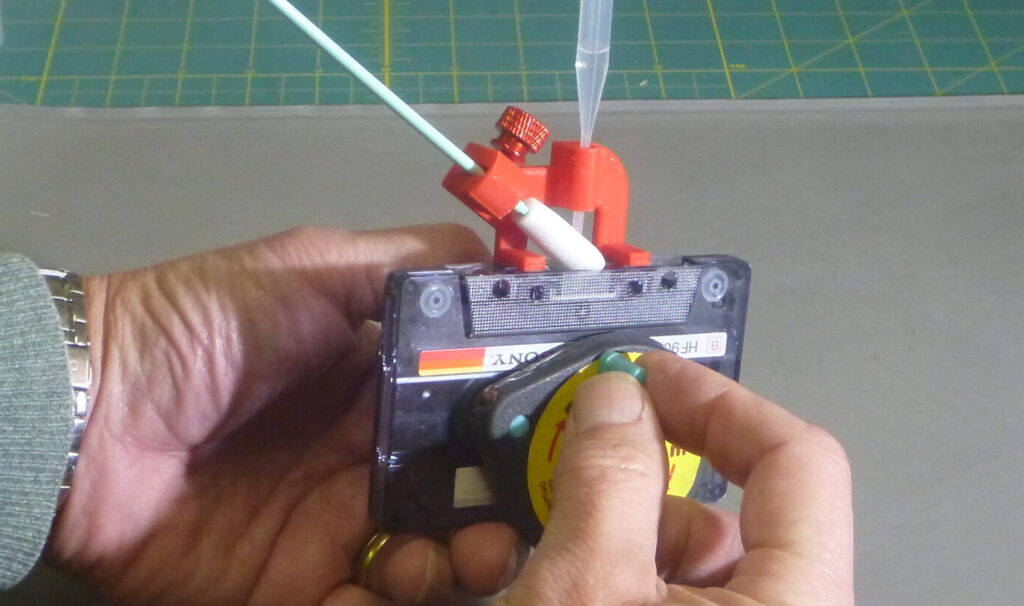
How to use the Cassette Hero to treat tape cassettes
Do you have some imperfect or valuable cassettes you want to rescue or preserve? LAST presents the Cassette Hero, the first tool for applying preservative treatment to cassette tapes. Now …

Do you have some imperfect or valuable cassettes you want to rescue or preserve? LAST presents the Cassette Hero, the first tool for applying preservative treatment to cassette tapes. Now …
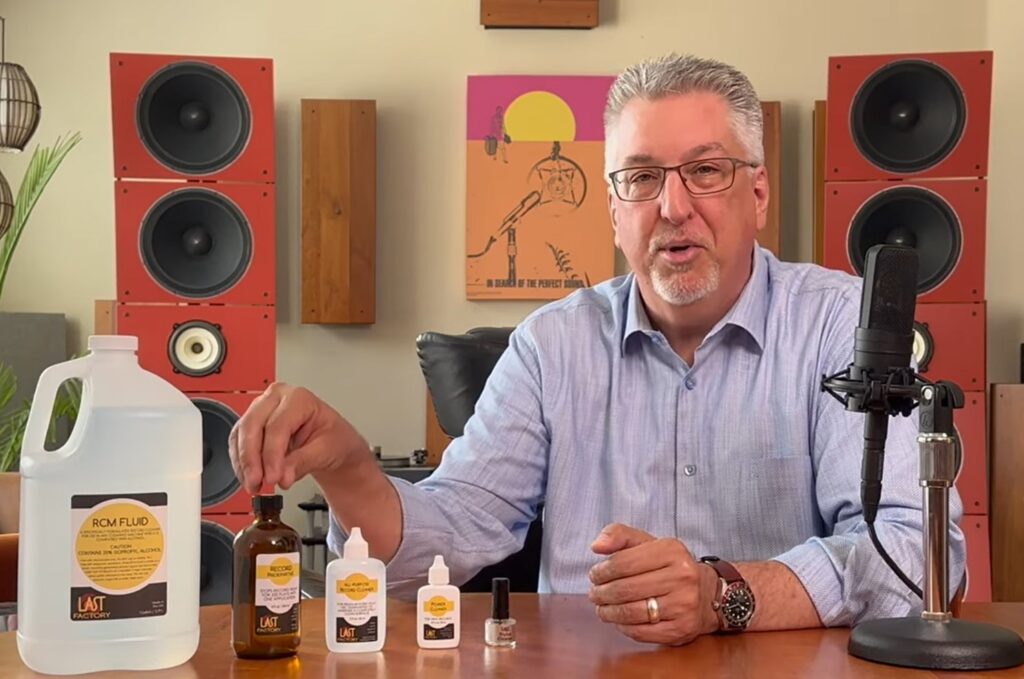
Let’s Clean a Record on YouTube has several reviews of LAST Factory products. The Ultimate Last Factory REVIEW – A summary of five product reviews – Record Cleaning Machine fluid, …
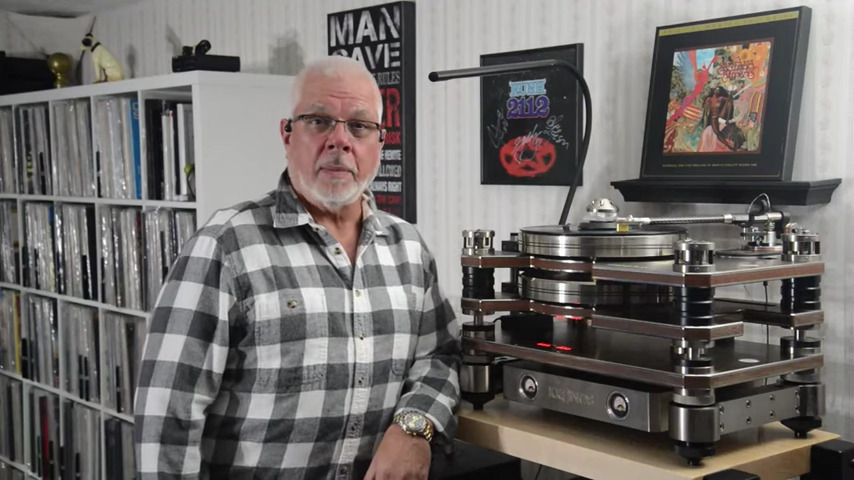
Transcript from audio analyst E183: The POWER of LAST’s Record Preservative Hello everyone. I’m Greg Weaver welcome to the audio analyst. With episode 148 I shared my remarkable recent experiences …
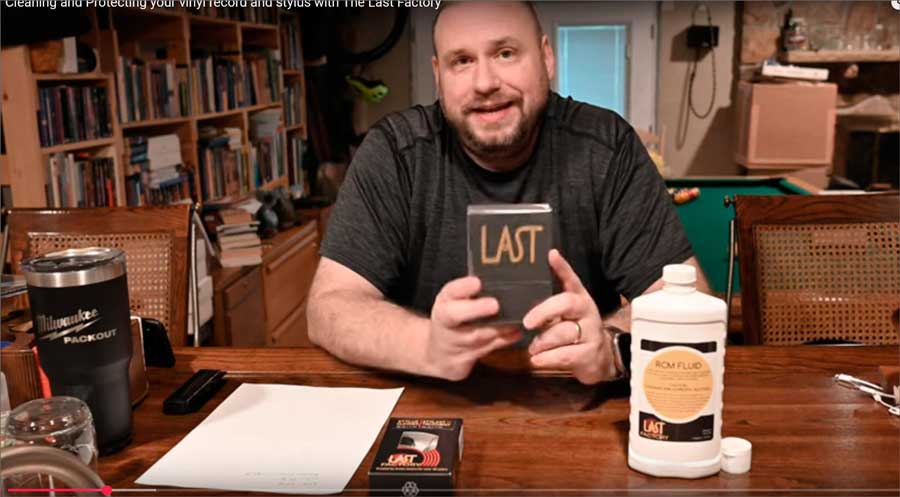
Watch review at https://www.youtube.com/watch?v=cdU-2KqKLH4 Today I am cleaning a record and stylus with products from The LAST Factory, then adding a protectant! First, I used the LAST Record Cleaning Machine …
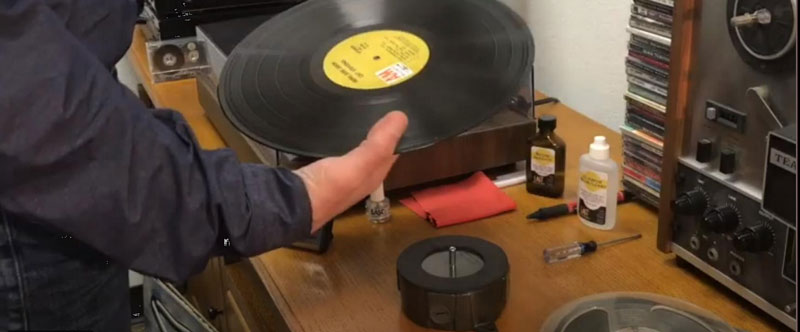
DIY – How to Make The LAST Stand Yourself We sell The Last Stand as a handy way to clean vinyl records while keeping the dust off of the back …
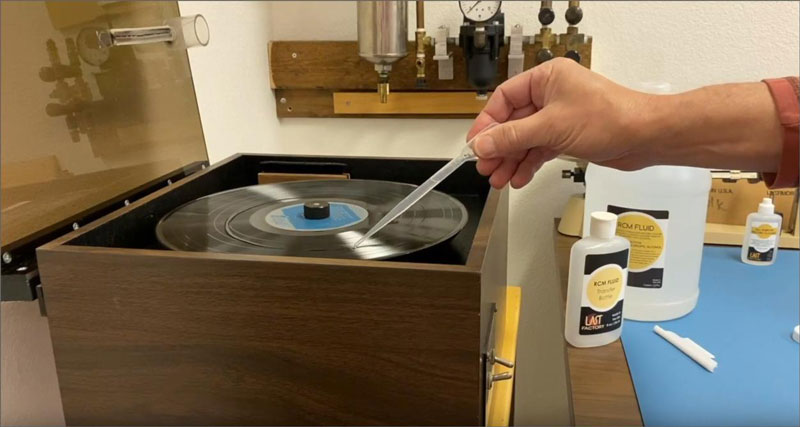
RCM Fluid Tutorial LAST RCM fluid can be used in many styles of record cleaners. The small squirt bottle we include is convenient with vacuum-style cleaners. This video tutorial demonstrates …
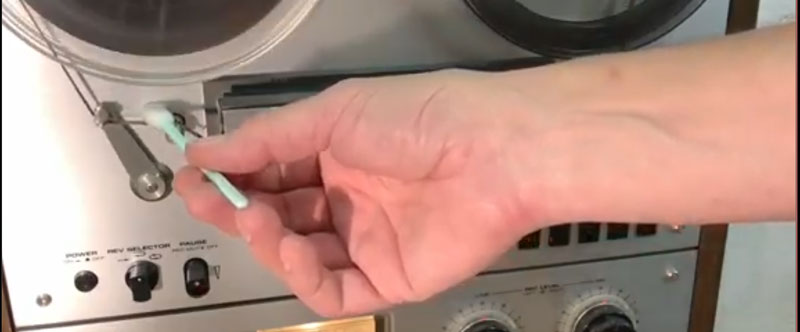
How to apply Last Tape Preservative Watch this video on how to apply Last Tape Preservative to reel-to-reel tape. If you have older tape, you probably should dehydrate it …

Pro-Tip: keep your records safe and dust-free by elevating it during cleaning This video shows how to clean vinyl records on the LAST Stand. One of the problems of cleaning …